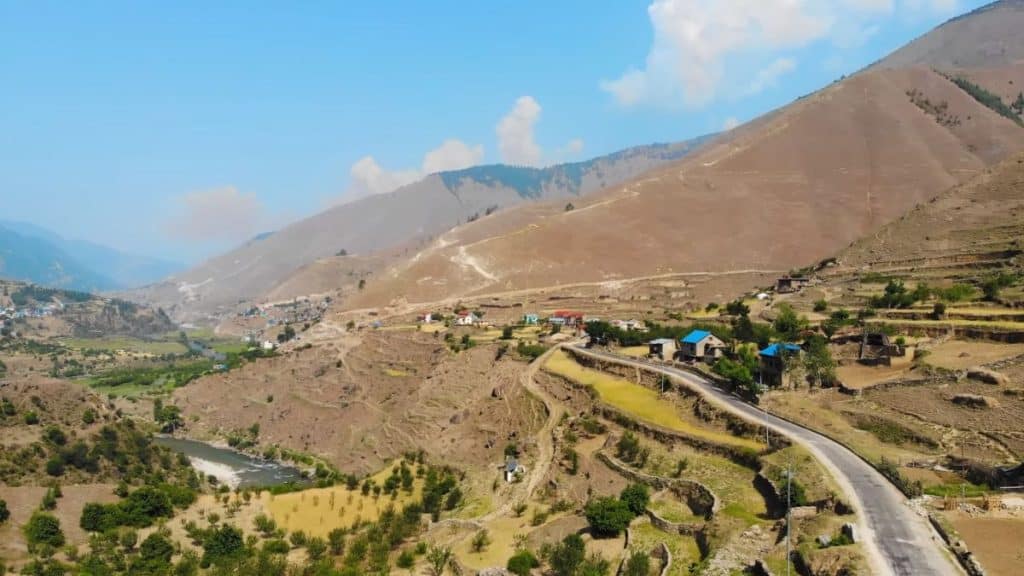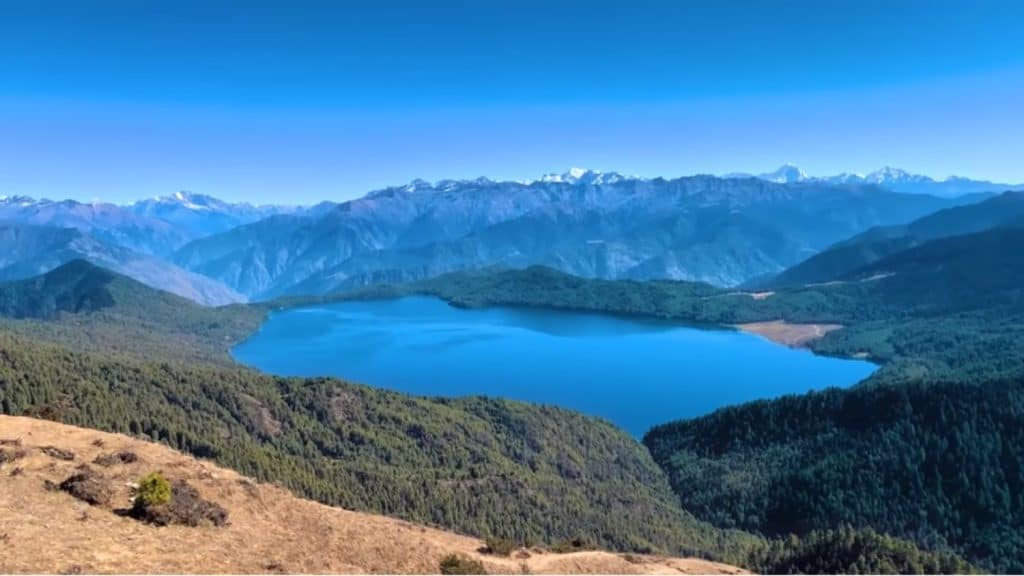Natural Paradise Jumla Nepal: Southwest of POKHARA lies Baglung –approachable only on foot or by dubious road from the Terai – the gateway to the Royal Dhorpatan Hunting Reserve. Handmade paper is its most popular product for packing and bamboo crafts. It is home to a small group of the Thakalis. More than 20,000 people of Tibetan-Mongoloid stock speak a Tibetan-Burmese vernacular. Thakali’s faith is a mixture of Buddhism, Hinduism, and Bonpo.
Banglung also earns praise from the important and that n the wane for the power of the local aphrodisiac, shilajit. Locals travel to the north to exploit deposits of this tar-like substance that oozes from rocks and fetches high prices in India. Tastefully produced crafts include woolen vests, blankets, rugs, and other sewn or woven handicrafts.
After Baglung, you’re deep into Nepal’s mystical west: closed, barred, and still little known. Yet it once nurtured a vast kingdom of the Mallas that reached its height in the fourteenth century. The capital of this ancient kingdom, Jumla, is almost 2,400 m (8,000 ft) above sea level. You can reach there by plane – unless you’re an untiring trekker prepared to walk for weeks. There are few visitors to this region.
Jumla Nepal

Ringed by magnificent peaks, Jumla is truly a natural paradise. There is a quaint rural town with a bazaar. It is lined by the flat-roofed houses of the region and boasts no more than 50 shops, a bank, a police station, and the inevitable tea houses.
The Mallas kept a winter capital at Dullu, south of the Mahabharat Lekh range of hills, and maintained a territory that stretched from the humid Terai to the Taklahar in western Tibet – connected by trails that even today few tackles. Yet the Mallas left a magnificent legacy in Jumla Nepal; sculptured temples, stone pillars, and the quiet beauty are well guarded; few disturb its tranquillity, and the population is sparse. The Karnali, one of 14 Nepali zones, has a population of around 300,000: no more than 12 people per square kilometer.
There’s an old highway along the Tila Nadi valley where you measure your pace by the distance between the ancient milestones as long ago as the fifteenth century. Two days of hard slog bring the reward of a refreshing dip in the hot springs at Seraduska. Walk east for three days and reach Gothichaur, an alpine valley set more than 2,900 m above sea level. In the valley’s pine forests, a stone shrine and a water spout are a reminder of the Malla dynasty.
The area offers marvelous views of two little cities and fabulous views of two little-known peaks, Chyakure Lekh and Patrasi Himal. Jumla Nepal is also the stepping-off point for a long, challenging trek to the Shangrila valley of Humla.
Rara Lake Trekking

Best of all, make a four-day trek over high passes like Padmara, Burma, and the 3,456 –m high Ghurchi pass, and finally Pina to Lake Rara. It is Nepal’s most enchanting national park. The lake is the kingdom’s largest body of water, covering ten sq km (four square miles), almost 3,000 m (10,000 ft) above sea level.
Snow lingers here as late as May and June, but its crystal-blue waters are a haven to a treasury of hardy avian visitors, particularly mallards, pochards, grebes, teals, and other species from the north.
There are apple orchards, and the lake waters are rich with fish. Several villages stand on Rara’s shores, their houses, terraced like the land, backed onto steep hillsides. Wildlife includes hordes of impertinent monkeys who raid farms and grain stories with seeming impunity. Set like a sapphire in its Himalayan brooch, Lake Rara is both a botanical and zoological treasure.
To the west lie more little-known valleys reachable only on foot. The trade caravan’s even goats and sheep are used as the pack animal. Must travel daunting distances over forbidding terrain before reaching the temperate and fertile lands of the Mahabharat and the tropical fields of Terai.
How to Get There
Permits are needed for travel t these areas. If you obtain one, you next face the obstacle of getting on a flight. Guides can be challenging to find in this part of Nepal, as can food.

